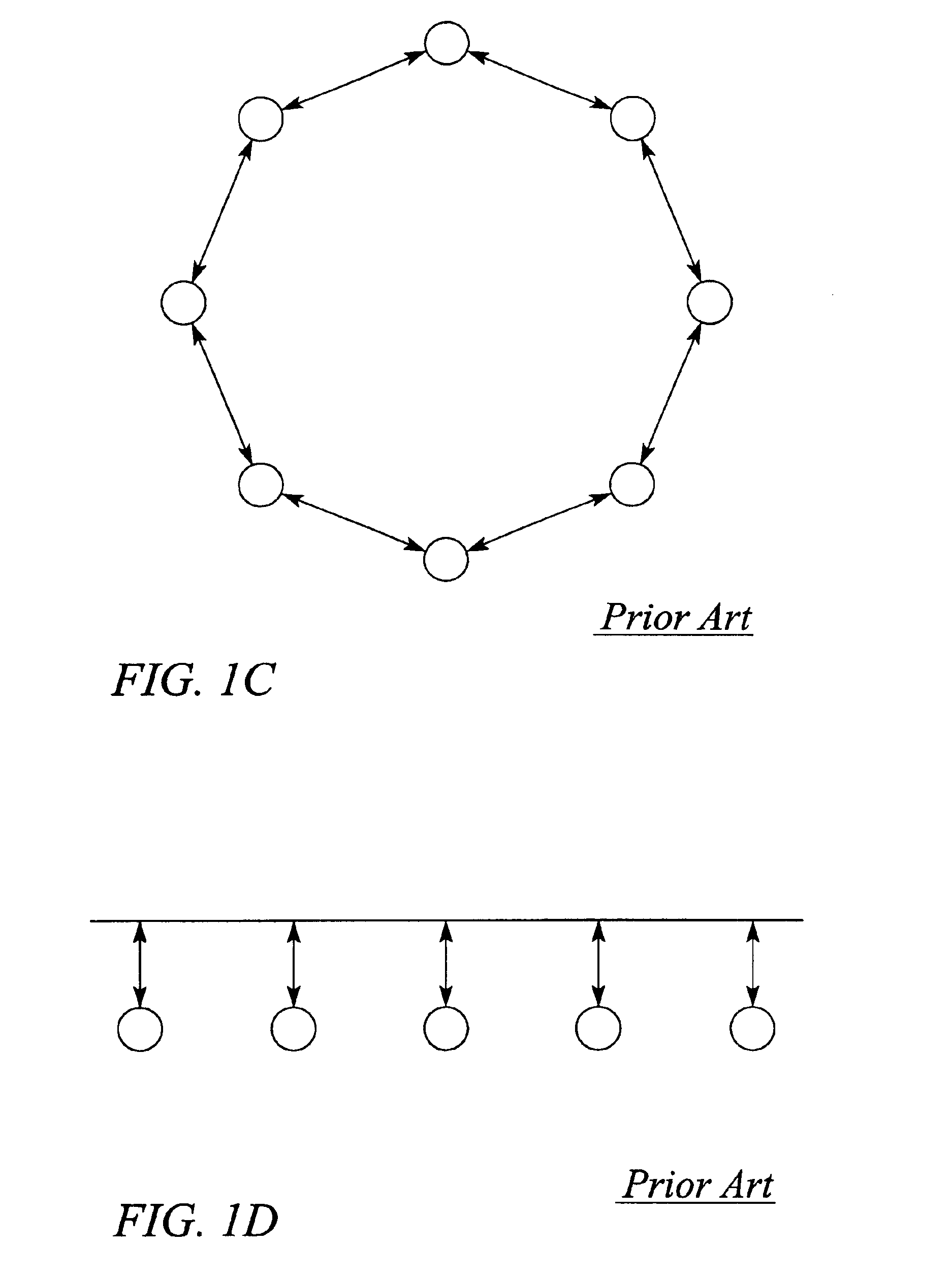System and method for monitoring communication networks using data stream characterization
a communication network and data stream technology, applied in the field of communication network monitoring, can solve the problems of not scaling well as the network grows in size and complexity, recorded configurations fall behind or ‘lag’ the real configuration, and achieve the effect of efficiently representing traffic and not degrading the performance or availability of the network
- Summary
- Abstract
- Description
- Claims
- Application Information
AI Technical Summary
Benefits of technology
Problems solved by technology
Method used
Image
Examples
Embodiment Construction
[0034]The present invention is a system and method for automatically detecting and monitoring the configuration of virtual circuits in a communications network utilizing data stream characterizations obtained by passive collecting and measuring data packets at one or more locations within a communications network. With the present invention, network traffic in the form of data packets carried by a data stream is represented by a set of data stream parameters derived from measurements taken on the packets. The derived set of data stream parameters represents the network traffic at a specific point in the network and is referred to as a ‘data stream characterization’ hereinbelow. A plurality of data stream characterizations taken at a plurality of points within the network is used to generate the configuration of the virtual circuits in the network.
[0035]The data stream characterizations of the present invention are produced such that the statistical probability of any two different d...
PUM
 Login to View More
Login to View More Abstract
Description
Claims
Application Information
 Login to View More
Login to View More - R&D
- Intellectual Property
- Life Sciences
- Materials
- Tech Scout
- Unparalleled Data Quality
- Higher Quality Content
- 60% Fewer Hallucinations
Browse by: Latest US Patents, China's latest patents, Technical Efficacy Thesaurus, Application Domain, Technology Topic, Popular Technical Reports.
© 2025 PatSnap. All rights reserved.Legal|Privacy policy|Modern Slavery Act Transparency Statement|Sitemap|About US| Contact US: help@patsnap.com



